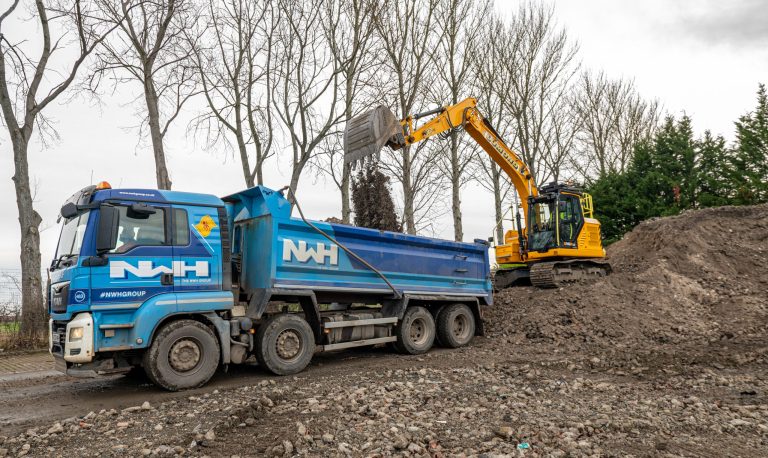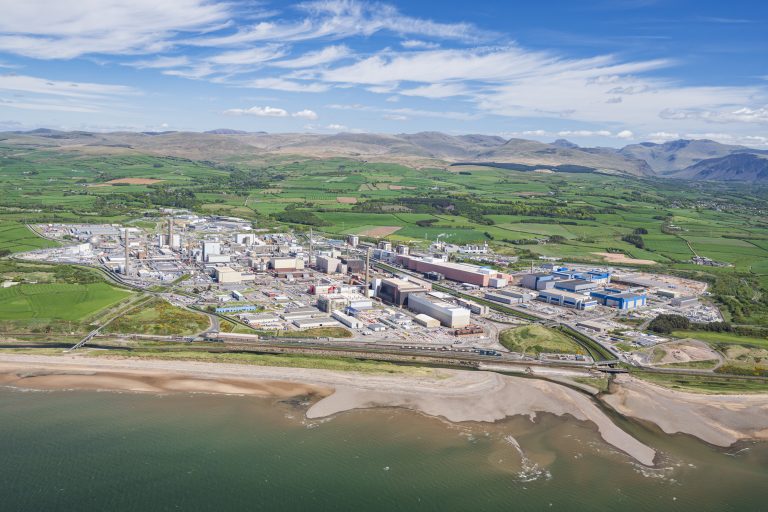Between April and September 2025, significant progress has been made in preparation for the Restoration and Renewal of the Palace of Westminster, following completion of deep ground investigations beneath Parliament’s River Terrace and in the River Thames. Using a jack-up barge, positioned opposite the Palace’s river-facing terrace, specialist UK engineering teams drilled 14 boreholes into the Thames riverbed to assess its geological makeup. These marine surveys focused on capturing a detailed snapshot of the riverbed’s condition, providing essential data to support potential future construction near the river frontage and any temporary works within the Thames. Lord McFall, the Lord Speaker said: “I was very impressed by the professionalism and dedication of the experts on board the drilling platform in the Thames, and it was an eye-opening to see London clay dating back millions of years and ancient riverbed material before it was packed into crates and sent for analysis as part of the restoration and renewal programme.” Judith Cummins MP, Deputy Speaker of the Commons and R&R Programme Board Chair, said: “Our experts are getting on with the job of planning for the extensive restoration of the Palace of Westminster. It was great to meet the drilling team who are based across the UK showing the great opportunity for specialists and suppliers nationwide to get involved in restoring Parliament.” Andy Piper, Design and Engineering Director at the Delivery Authority said: “These investigations have given us invaluable insight into the geological conditions east of Parliament, an area that has never been mapped in such detail before. Alongside critical data to inform design, we confirmed the location of Charles Barry’s 19th-century cofferdam, a fascinating glimpse into the engineering behind the rebuilding of the Palace following the fire of 1834.” The River Thames works were delivered by leading UK ground investigation specialists, Structural Soils, part of the RSK Group, under the direction of the Restoration and Renewal Delivery Authority. Gareth Jones, Structural Soils’ Senior Engineering Project Manager, said: “Our team applied specialist expertise in overwater drilling under tidal conditions, using boreholes, Cone Penetrometer Tests, and geophysical surveys to assess site geology and hydrogeology. Advanced CHIRP modelling also enabled us to create a 3D model of the superficial soils. These works were undertaken from both a central moonpool and from a cantilever that provided a stable, over-the-edge platform from which we could safely work close to these historic structures.” On land, boreholes drilled on the River Terrace aimed to confirm the boundary between two major geological layers: the London Clay Formation and the deeper Lambeth Group. These ancient formations have been beneath London for tens of millions of years and are key to understanding how future basements, and service routes can be safely constructed. London Clay is widely used for tunnelling due to its stability, while the Lambeth Group presents more challenging ground conditions, including high water pressures. The River Terrace installations include two distinct types of monitoring equipment. Groundwater monitoring devices have been installed to track changes in water quality and conditions over time, providing essential data on tidal fluctuations that will inform the design of future basement structures. In addition, due to the proximity of the boreholes to the Palace, vibration monitoring devices were deployed to assess any potential impact on the historic building and its collections. This data will be critical in understand how the structure responds to subterranean works and will help guide the safe decanting and protection of heritage objects during future construction phases. The River Terrace surveys, carried out by UK site engineering specialists Concept, also marked a shift in logistics management on the Restoration and Renewal Programme. With limited land access to the Palace of Westminster’s River Terrace – due to traffic, safety, and heritage considerations – the project team used the Thames to deliver heavy drilling equipment directly to site. This innovative approach helped overcome complex site conditions while keeping disruption to the surrounding area to a minimum. James Palmer, Director of Marine Operations at the Port of London Authority, said: “There is real scope for the river to support construction projects with freight being moved safely and greenly on the Thames. Even the biggest engineering challenges, such as the restoration and renewal of Parliament, can benefit from embracing those possibilities, delivering operational efficiency, while alleviating emissions and easing pressure on the city’s roads.” What’s next? These latest investigations build on seventeen previous borehole surveys across the Parliamentary Estate, adding valuable new data to support the Delivery Authority’s advanced digital modelling of the Palace. For the first time, advanced digital tools are replacing thousands of legacy drawings and files, providing a single source of accurate information that shapes the scope, sequencing and delivery of future works. While lab testing of borehole samples continues, early findings from the River Thames deposits have offered clues about how Charles Barry’s cofferdam was dismantled. A buried timber pile found just below the riverbed suggests the structure was cut down rather than fully removed – echoing an 1849 article that described the difficulty of extracting timber piles from the river. These insights will help guide potential future activity along the river frontage, and are already being shared with the team behind the Victoria Tower project, who are using similar vibration monitoring techniques to assess the impact of their own planned works on the historic structure. Costed proposals for the Restoration and Renewal of the Palace of Westminster, detailing delivery options, timescales, risks, and benefits, are expected to be published later this year. All options represent a significant, multibillion-pound investment in the future of the Palace, supporting jobs and opportunities across the UK, including for craftspeople and specialists. Building, Design & Construction Magazine | The Choice of Industry Professionals














